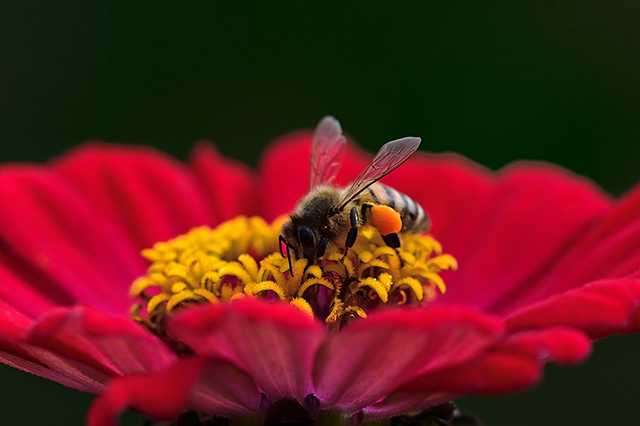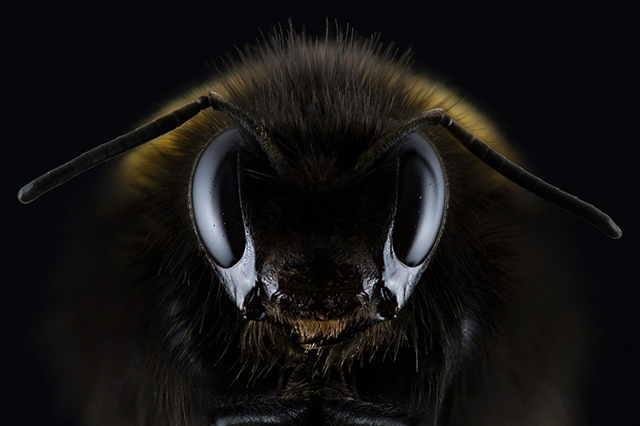Prevent your garden from infertile or dying plants due to not being pollinated. Knowing how to attract bees to your garden will help it grow strong and beautiful.
gardeninginfo-online.com gathered information on why bees are needed for healthier plants, how to attract them, and what to avoid.
Why Do We Need Bees?
Bees play a significant role in local, state, and national agriculture. They meticulously pollinate crops, increasing yields and supporting the honey industry. Bees are so incredibly essential that millions are spent each year renting beehives to pollinate crucial crops.
Over one-third of all the food we consume relies on bee pollination. Approximately 90 percent of all flowering plants require pollinators to survive. In agriculture, roughly a third of pollination is accomplished by honeybees. Almonds, carrots, melons, apricots, pears, apples, prunes, plums, onions, avocados, kiwi, blueberries, and so many more depend on bee pollination to yield their fruit. Without these pollinators, the majority of these crops would simply disappear.
Your garden benefits from healthier, more resilient plants, and for those growing vegetable gardens, you can look forward to increased harvest size and health.
What Attracts Bees?
Every garden (including yours) needs pollinators, and bees are among the most efficient. Without bees, flower production would be severely limited and, as a result, even fewer fruits and vegetables. Since bees contribute so much to the livelihood of a garden, it is worth your time and effort to make your garden an inviting destination for them. Consider the following:
Flowers – Bees are highly attracted to blue, purple, violet, white, and yellow flowers. Flat or shallow blossoms tend to attract larger bee species because pollen and nectar are more easily accessed.
Plant flowers in large clusters. Bees are more likely to return to highly visible flower beds. It is vital to plant a variety of flowers that bloom from late winter through late fall (different bee species are active at different times of the year). Wildflowers and native plants will supply bees with an excellent source of pollen and nectar.
Flowering Fruits and Vegetables – Planting vegetables like zucchini and tomatoes or fruits like cherries and strawberries (species that blossom before bearing their fruit) are excellent for attracting various bee species.
Water – Bees need water to hydrate themselves, cool down their hives in the summer months, and dilute their honey in the winter. Provide a shallow watering station somewhere in your garden and watch as bees stop for a drink.
Ground Cover – Planting ground cover like clover, coleus, and wild thyme can offer bees a safe place to hide and rest between feedings and flights.
Shelter – While some assume that bees only live in hives, the vast majority of them are actually solitary. Creating a safe nesting habitat in your yard (near your garden) will help your region’s native bee population thrive.
This shelter can be constructed from material like wooden blocks with holes, hollow bamboo shoots or reeds tied together, or piled-up wood shavings, all serve as excellent nesting materials.
Ground nesting bees require protected bare patches of slightly compacted soil to excavate and populate brood chambers.
Garden Location – Like many of the plants, shrubs, and trees we grow, bees tend to favor sunny locations over shaded ones and require shelter from strong wind.
What To Avoid in Your Garden
While bees are resilient and highly adaptable, they are not indestructible and can be adversely affected by the following:
Pesticides – Many pesticides (even those labeled organic) are acutely toxic to bees and result in their death. Pesticides containing Carbamates, organophosphates, chlorinated cyclodienes, synthetic pyrethroids, and neonicotinoids are highly toxic to bees.
An alternative to pesticide use is the release of predators like ladybird beetles (ladybugs) and birds that will quickly and efficiently decimate many pest infestations.
Drought – Keeping your garden well-watered will help prevent plant death and create an “oasis” for crucial pollinators like bees during times of drought.
Vinegar – Some homemade pesticides and herbicides include vinegar in their ingredients. Bees cannot handle vinegar exposure, causing their death almost instantaneously.
Note: Bees and other insect pollinators like butterflies, wasps, and beetles are being challenged by the same environmental changes as other wildlife species, including habitat loss, non-native invasive species and diseases, pollution, and climate change.
Bees in Your Garden
In this article, you discovered why bees are so important to agriculture, how to attract them to your garden, and what you should avoid.
Knowing how to create an inviting ecosystem that supports pollinators like bees will help your garden thrive and support your local bees.
By not trying to attract bees to your garden, you are adding to the stress bees already face and could contribute to the failure of entire hives.
Sources:
beespotter.org/topics/beegarden/
gardeningsolutions.ifas.ufl.edu/design/gardening-with-wildlife/gardening-for-bees.html
cms.business-services.upenn.edu/morrisarboretum-blog/303-agriculture-and-bees-what-consumers-need-to-know.html
valenciaextension.nmsu.edu/documents/bee-friendly-garden-list.pdf
The post How To Attract Bees To Your Garden appeared first on http://gardeninginfo-online.com.



No comments:
Post a Comment